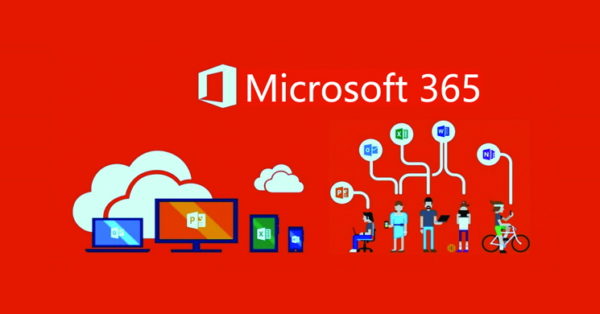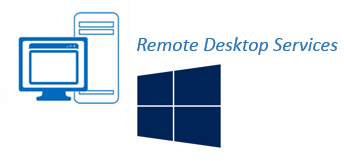
#Microsoft remote desktop services software
It does this directly by minimizing the investment needed in hardware and software and indirectly by reducing overhead costs associated with IT operations. RDS reduces the overall cost of IT infrastructure. #4 Reduced costsĬost reduction is an overarching objective of every organization, be it a commercial enterprise or a non-profit. Also, any maintenance needs only to be performed once which dramatically reduces the time and increases security associated with system updates, backups and similar operational tasks. Administrators can deploy complex solutions in a single instance without the need to manage multiple operating environments. Furthermore, there are real business benefits with adopting simple solutions that have fewer moving parts as these are easier to manage and cost less over time.ĭeploying any solution through RDS is an answer which is both standardized and simplified. Standardization is a crucial principle in IT management as it lightens the administrative burden increasing efficiency while lowering costs.

All data is stored on servers under the direct management of the organization giving businesses the oversight and control they need over data flow and access. If organizations choose to deploy RDS as their remote work solution, this data risk is mitigated. When users are accessing data remotely, there is a risk of users copying data to their end-user devices or using public filesharing services which create a serious security risk if left unmanaged.

Working remotely has truly transformed the occupational landscape, but it also creates data security challenges. Also, delivering applications this way also provides standardization and eases management’s burden of making sure every user is on the latest version. By configuring an RDS environment, businesses can give users on any platform access to use the specialized application. RDS solves this problem as it allows organizations to create a unified remote desktop experience for all users. However, if the user is on a non-Windows device such as an Apple or Chromebook, working on a Windows-only application is just not possible. #1 Delivering a single application experienceįlexibility is an underlying theme throughout the modern workplace, which gives users the freedom to work on a variety of different platforms while engaged on a single task or assignment. If your clients need to take their remote work experience to another level, here are five good reasons you should help them out with RDS.

In short, an ideal tool for companies who want to adapt to the new reality of “work from anywhereâ€. Giving users the ability to access and work on a remote machine has multiple business benefits such as reduced costs, improved efficiencies and the option to rapidly deploy and manage advanced end-user applications. However, this remote access and management capability can do much more for business than merely ease the burden of IT systems management.
#Microsoft remote desktop services windows
Remote Desktop Services (RDS) has been the remote access backbone protocol to Windows servers since Windows Server 2003.


 0 kommentar(er)
0 kommentar(er)
